Introduction of Glass Block Windows
Glass block windows came into fashion in the early 1900’s as a durable and insulating alternative to natural light entering factories.
This window is preferred for bathroom walls and windows, as it allows light to enter but does not allow for clear viewing. This window can be made durable against bullets and fire.
Glass block windows are thick, cloudy, and have a slightly reflective appearance, making it difficult to see clearly through.
What Is Glass Block Window?
Important Point
Glass block windows are generally useful as a privacy solution in home design. It is very important to have privacy in the bathroom so this window is preferred there.
The cloudy or icy nature of the glass blocks is enough to block the view. Yes, it is true that these glasses are not completely opaque like curtains so curtains are necessary to keep the full outline, skin color, and other personal details visible. But curtains block light so glass block windows are the best option to meet both privacy and lighting requirements.
Use of Glass Block Window
Glass block windows are available in many types so they are used in different places to maintain privacy and get light.
Privacy is more important than ventilation in many parts of the home. This window works very well instead.
For example, glass block vent window replacement, installing glass block basement windows, installing glass block in the shower, etc.
Glass Block Window Installation Cost
A small basement window made of glass blocks can cost at least $ 175. The estimated cost of a glass block is $ 15 and special blocks such as frosted or colored blocks can cost up to about $ 50.
The glass block windows’ cost depends on the type of glass and local labor. It usually costs about $ 400 to $ 1100 to install a glass block window.
Types of Glass Blocks Windows
Here are the different types of decorative glass blocks that can be used to make modern glass block windows.
1. Wavy Glass Block Windows
This is the most practical type for home windows and is commonly used for basement windows. This type allows light to flow as well as provides privacy.
2. Clarity Glass Blocks Windows
This type does not provide privacy, such glass blocks in home windows are commonly used for kitchen windows. This transparent glass can be used in places where privacy is not important.
3. Ice Glass Block Windows
These are commonly used as toilet windows. This is the type with a frosted pattern that is also considered benign. This type does not have visibility.
4. Diamond Glass Blocks Windows
This type is found in contrast to floating and ice glass blocks. The reason diamond glass blocks are clean for contact is because this pattern is inside the blocks.
Glass Block Window Replacement
An old window in a home where both privacy and privacy are required and where it needs to be replaced, needs can be met by replacing it with a glass block window. Glass block windows are the best choice for spaces like a basement or bathroom.
Replacing glass block windows can provide the necessary benefits to the home. Custom glass block windows and decorative glass block windows are provided by different companies, so you can get your favorite block window.
For example, block windows for the basement, replace bathroom windows with glass blocks, etc.
Glass Block Window Installation
To Install a Glass Block Window (Clearly Secure Glass Block Windows Installation) Follow These Steps:
1. Assemble the Tools
The following tools are required to complete the task efficiently:
- Measurement Tape
- Safety Gloves
- Circular
- Dry Vacuum Cleaner
- Almost Twelve
- Utility Knife
- Cedar Shims
- Cement and Sand
- Trowell
- Caulking Gun
2. Size the Glass Block Window and Order New Window
Measure the current window frame with the tape to the masonry. Note where the frame ends and the masonry begins.
Make sure the parameters are spot-on. Subtract half an inch from the width and length. Order custom glass block windows from glass block window companies of any size you can find.
3. Remove the Old Frame
Wear safety gloves to break old windows. Use a circular saw to make the first cut in the old frame. Afterward, the entire area should be vacuumed through the storage space to safely remove all shards.
4. Tear Off the Jamb of the Old Frame
A pry bar is needed to rip out the old jamb. If the jamb is protected with mortar or concrete, some of it may need to be chiseled.
5. Remove Caulking
Old caulking needs to be removed from its place as the whole frame needs to be as clean and clear as possible. New caulking needs to be added for the new frame.
Place an old newspaper or cloth under the frame to collect the falling caulking. Then, use a knife to remove the chisel and remove the caulking.
6. Install Cedar Shims
Cedar shims are required for the uniform placement of new window panels in the space. Install them at the bottom of the frame, starting at the corners. They should be about half an inch in width and placed at 3-inch intervals from each other.
Once the first coat of mortar is set, the shim should be long enough to be removed.
7. Mix Mortar
Measure 4 parts sand and 1 part cement and mix them. Use a shovel to make a hole in the center of the sand-cement mixture. Add a bucket full of water to the top of the pit. An appropriate amount of mortar additive or lime can be used to strengthen the mortar.
Use a trowel to add a small amount of mortar to the bottom of the frame. The layer should not be thick as it helps the shim to form the base.
8. Place the Panel Over the Shims
Some shims may move while setting the panel. The panel should be reset when tilting or sliding the panel to the correct position. After placing the panel, a few gaps can be seen at the bottom. Pack it using a mortar with a trowel.
9. Mortar the Sides
Once the bottom becomes hard to touch the mortar, start applying the mortar to the sides. Once it is set, start removing all the shims one by one. To smooth the mortar it is necessary to let it dry for at least three hours before using the striking tool.
10. Caulk the Top of the Window
Caulking at the top of the window will push down the entire panel which helps to set the panel firmly in place. 100% silicone caulking should be used to fill the entire gap at the top.
To apply the caulk, remove the cover on the inlet of the caulk gun, then insert the caulk tube inside and then screw the cover back on.
Squeeze the handle of the gun slightly to attach its plunger cap to the back of the tube. Then, use a knife to cut the top of the tube at a 45-degree angle. Press the cut tip in one corner of the window, and start applying caulk to the bead continuously.
Custom glass block windows can be installed at any place depending on the procedure outlined above. Such as basement block windows or glass block windows in the shower etc.
Advantages of Glass Block Window
Here, is the list of pros of glass block windows as follows.
1. Higher Energy Cost Savings
The energy efficiency gain from a glass block window is comparable to the gain from a thermal pen window.
This window wall is sealed with mortar so there is no problem of air leakage. This helps in heat control function. They restrict the entry of noise and dust so the utility bill is reduced.
2. Security and Privacy
The special feature of this window is that the glass block window works to maintain privacy with maximum light provision.
The glass of these windows is thicker than ordinary glass so it gives security and peace of mind to the house.
3. Enhanced Curb Appeal
These windows come with different patterned glass and different designs which help in enhancing the aesthetic appeal of the house.
The house is well-liked as a partition wall and shower window. Custom window options help to complement the architectural design of the home.
4. Less Maintenance
This window does not require constant maintenance. These windows are made using solid material to stay fixed in the wall and are well sealed with mortar so they can be used for many months without any maintenance.
Disadvantages of Glass Block Window
Here, is the list of cons of glass block windows as follows.
1. Do Not Allow Ventilation
Ventilation in the house is a very important feature. In addition to enjoying the fresh air for a pleasant environment, fresh air is also essential for health.
The windows need to be open when the person is sick, cleaning something with harsh chemicals, or doing home projects like painting or varnishing.
2. Expensive
Since glass block windows are heavy, the procedure for making them is expensive, so compared with the standard options, one realizes that it can be expensive for the house.
3. Installation Problem
A good fitting may be required to secure the installation and windows may need to be re-sealed frequently to prevent water from seeping in through the small space around the window.
4. Unsuitable for Hot Climates
It is not advisable to install this window in an area that gets very hot in summer. Glass blocks absorb outside heat and transfer it to the inside of the room. This costs more money and energy on air conditioning to cool the room temperature.
What Are Glass Block Windows?
Glass block windows are solid, thick, and slightly reflective windows made of glass blocks stacked together using mortar. They are used primarily for privacy while allowing natural light into spaces like bathrooms and basements.
What Purpose Do Glass Block Windows Serve?
Glass block windows offer privacy by diffusing light, making it difficult to see through clearly. They’re commonly used in areas where maintaining privacy while allowing light is crucial, such as bathrooms.
What Types of Glass Block Windows Are Available?
There are various types available, including wavy, clarity, ice, and diamond glass blocks. Each type serves different purposes, such as providing privacy, transparency, or decorative patterns.
What Are the Advantages of Using Glass Block Windows?
Energy Efficiency: These windows are sealed with mortar, reducing air leakage and aiding in heat control.
Security and Privacy: Thicker glass offers enhanced security while allowing ample light without clear visibility.
Aesthetic Appeal: Various patterns and designs enhance the overall look of the house.
What Are the Drawbacks of Glass Block Windows?
Limited Ventilation: These windows don’t allow for direct ventilation as they cannot be opened.
Cost: They can be more expensive due to their weight and the installation process.
Installation and Maintenance: Proper installation and sealing are essential. Maintenance might be needed to prevent water seepage.
Where Are Glass Block Windows Commonly Installed?
They’re often installed in areas like bathrooms, basements, and shower spaces, providing both privacy and natural light without compromising security.
Can Glass Block Windows Be Installed by Homeowners?
While it’s possible, proper installation requires skills and tools. Professional installation is recommended to ensure proper fitting and sealing.
How Much Does It Cost to Install Glass Block Windows?
Costs vary depending on the size, type of glass blocks used, and local labor rates. On average, installing a glass block window can range from $400 to $1100.
Are There Specific Climates Where Glass Block Windows Are Not Recommended?
Yes, they might not be suitable for areas that experience extreme heat as they can absorb outside heat and increase indoor temperatures, potentially impacting cooling costs.
Can Glass Block Windows Be Customized?
Yes, custom glass block windows are available, offering various patterns, designs, and sizes to suit specific preferences and architectural needs.
Like this post? Share it with your friends!
Suggested Read –
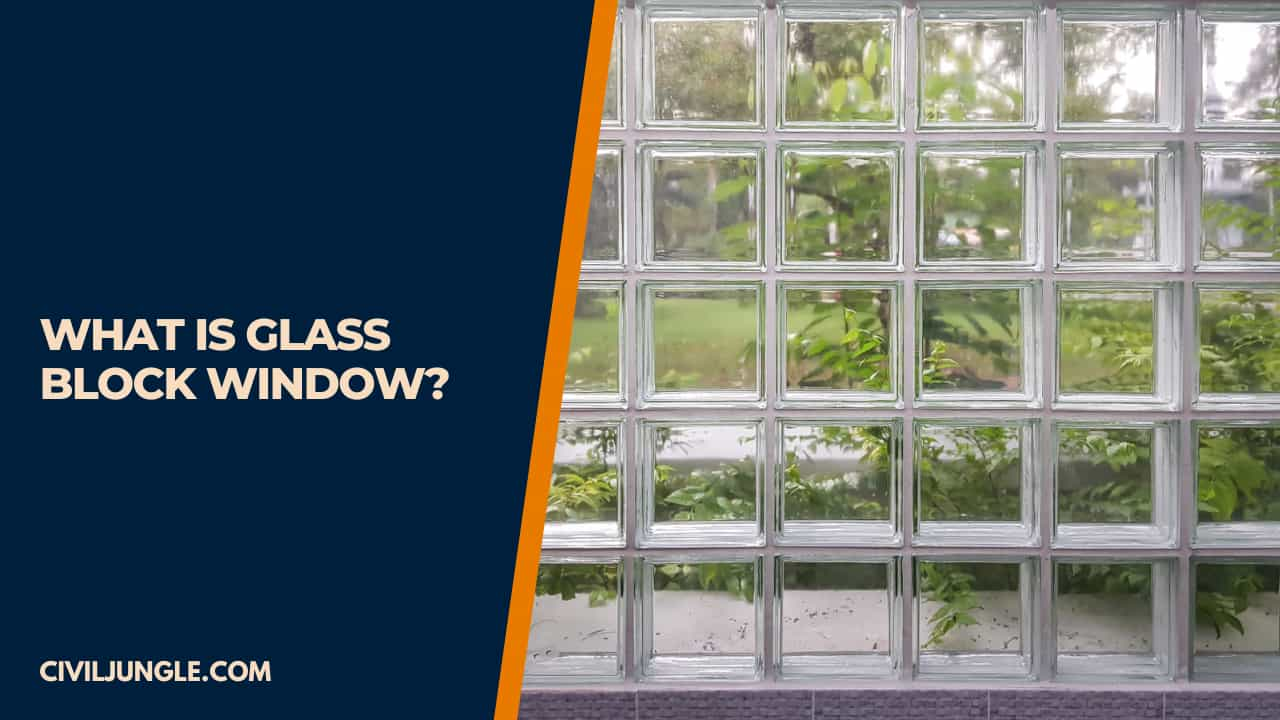
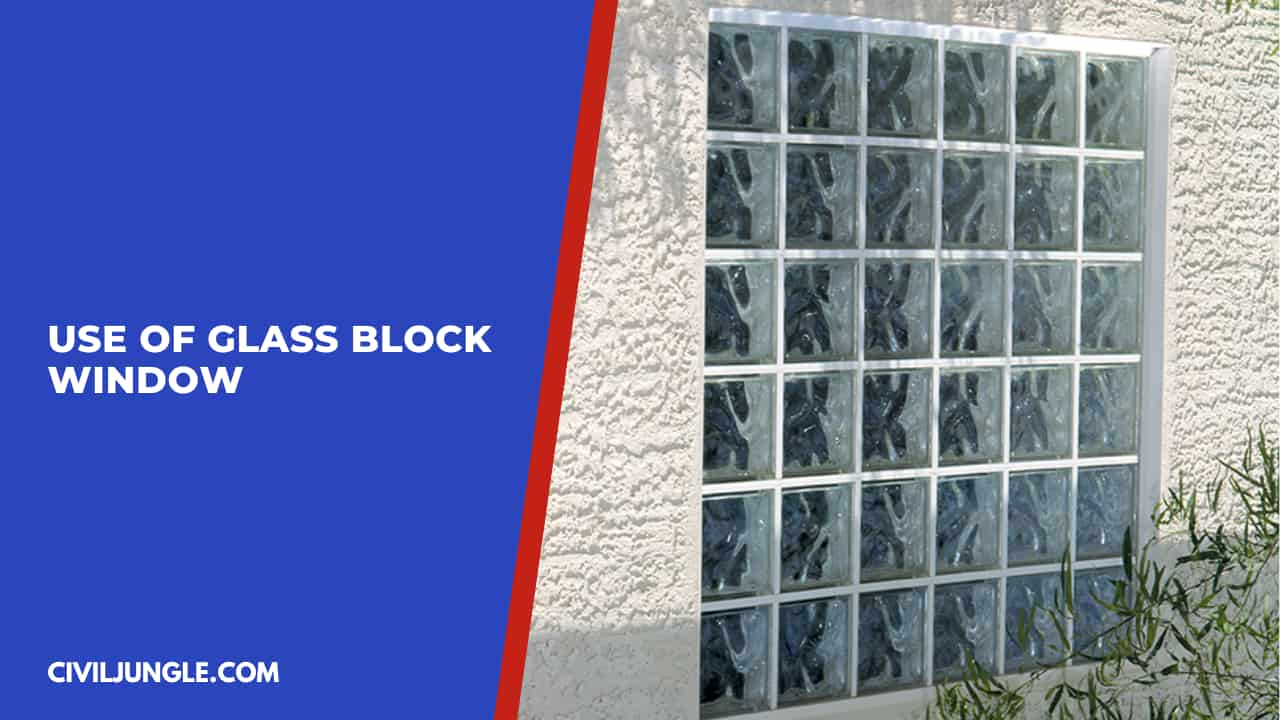
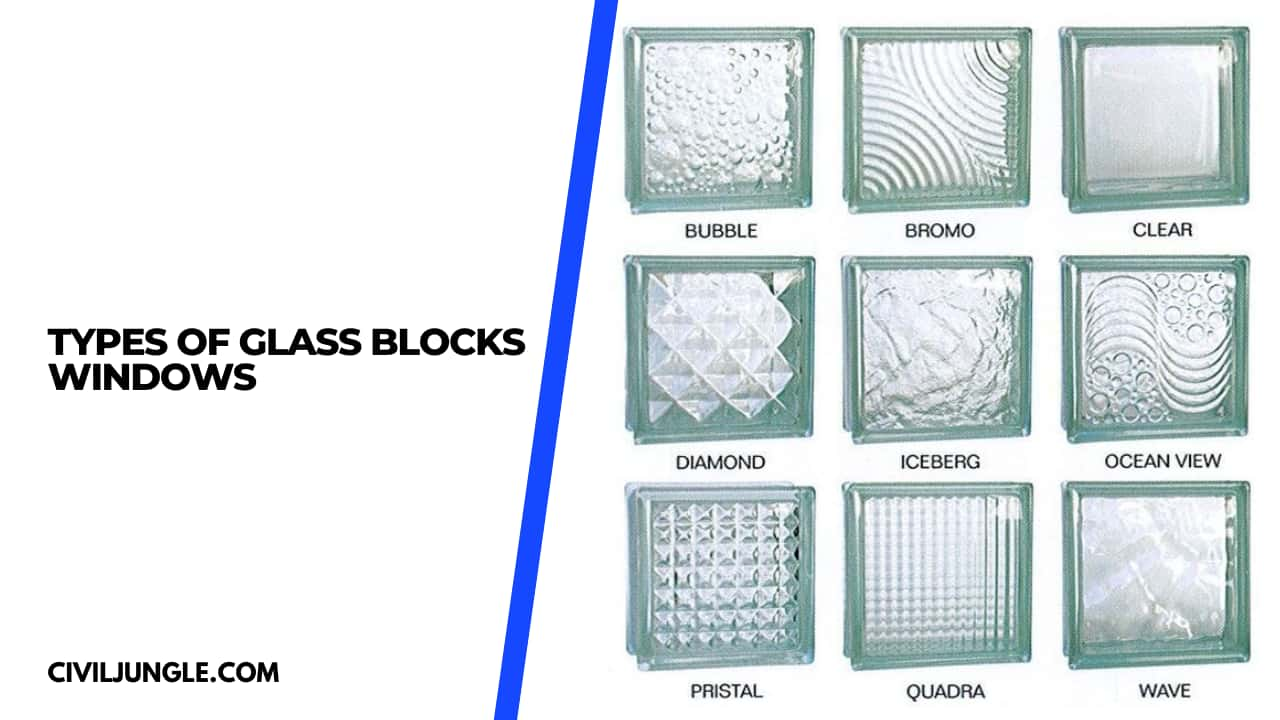
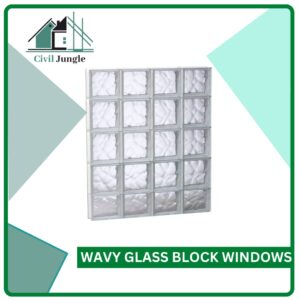
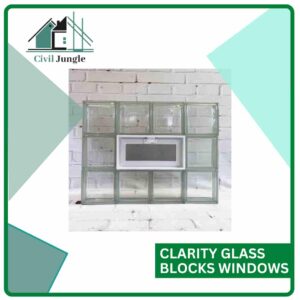

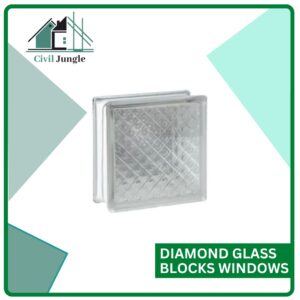
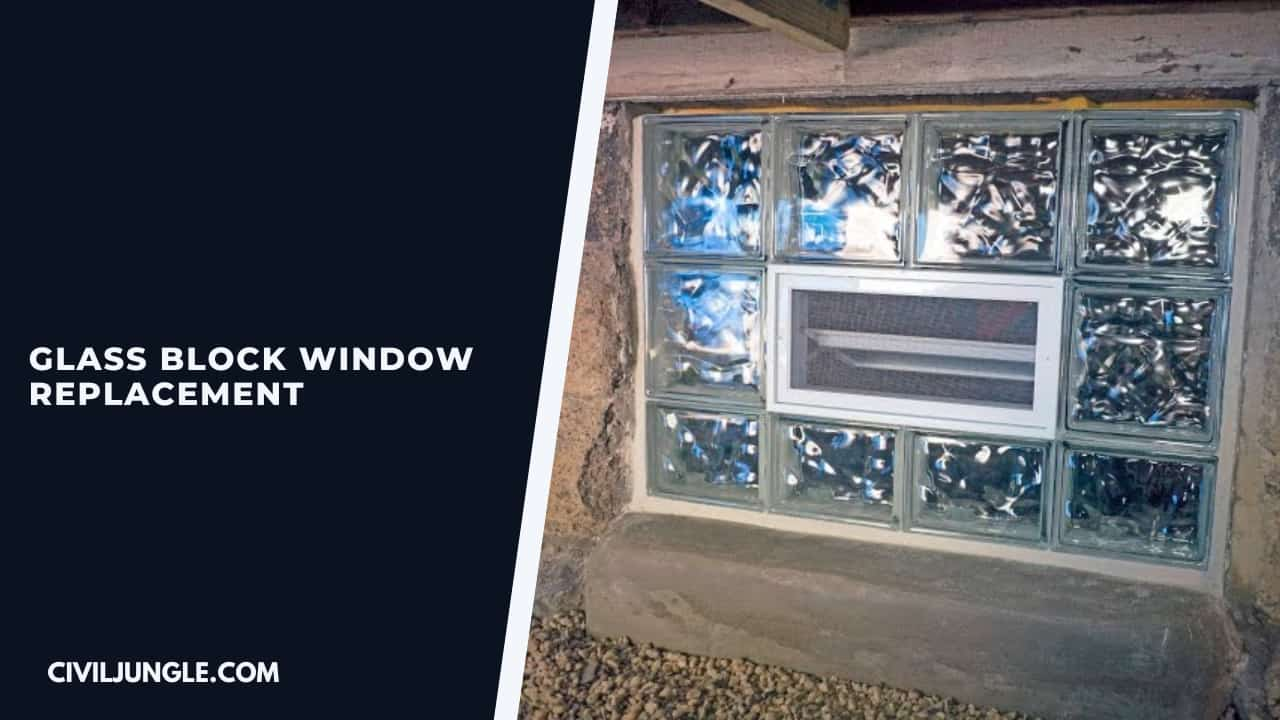
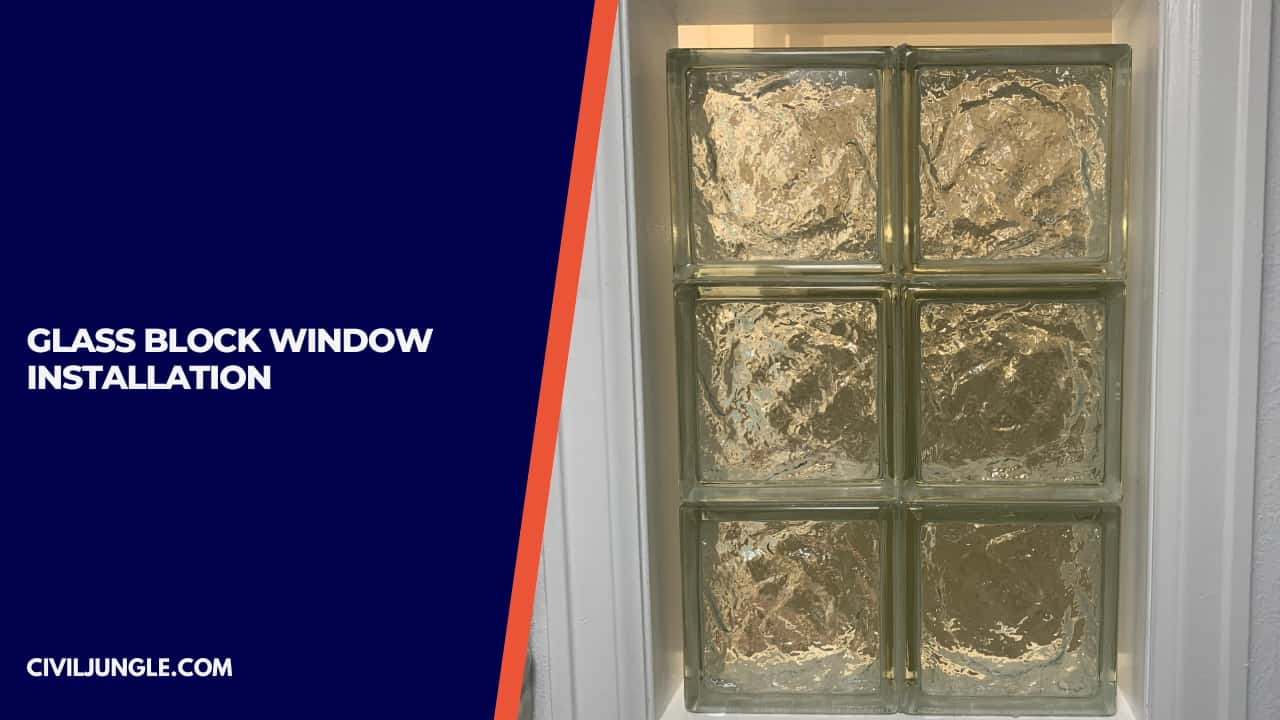



Leave a Reply